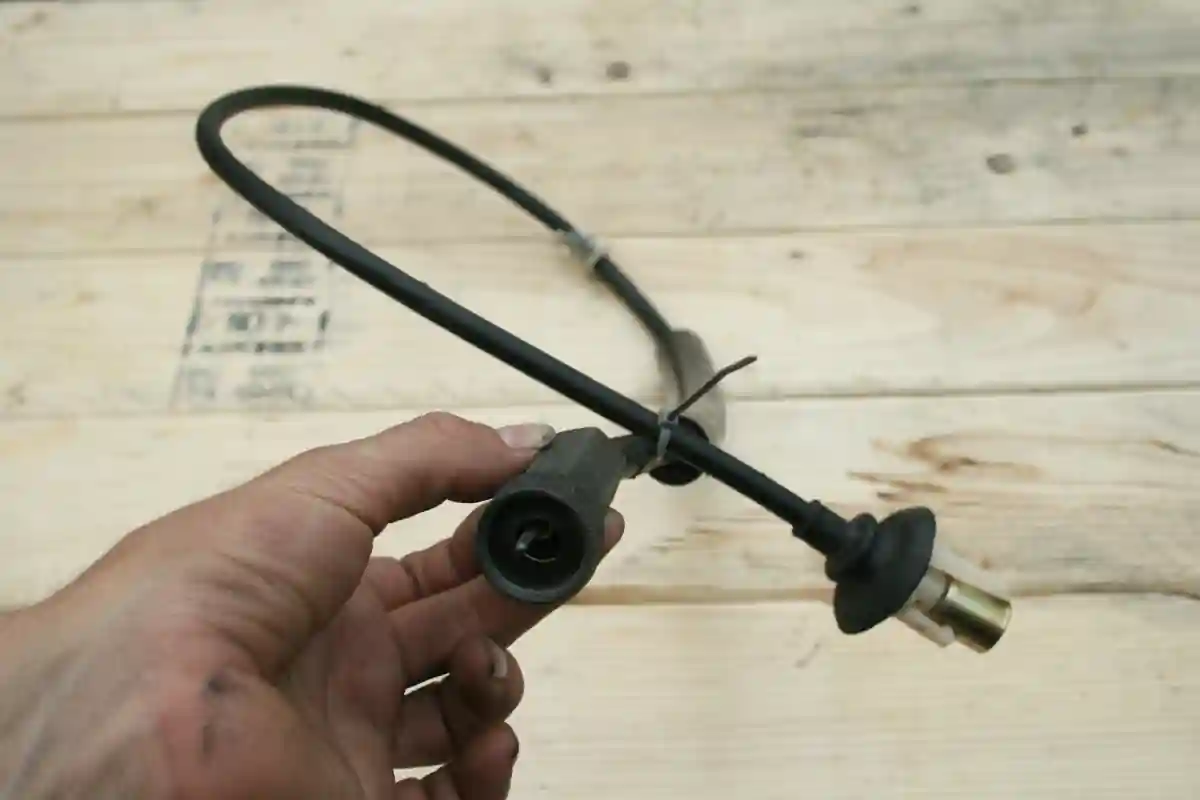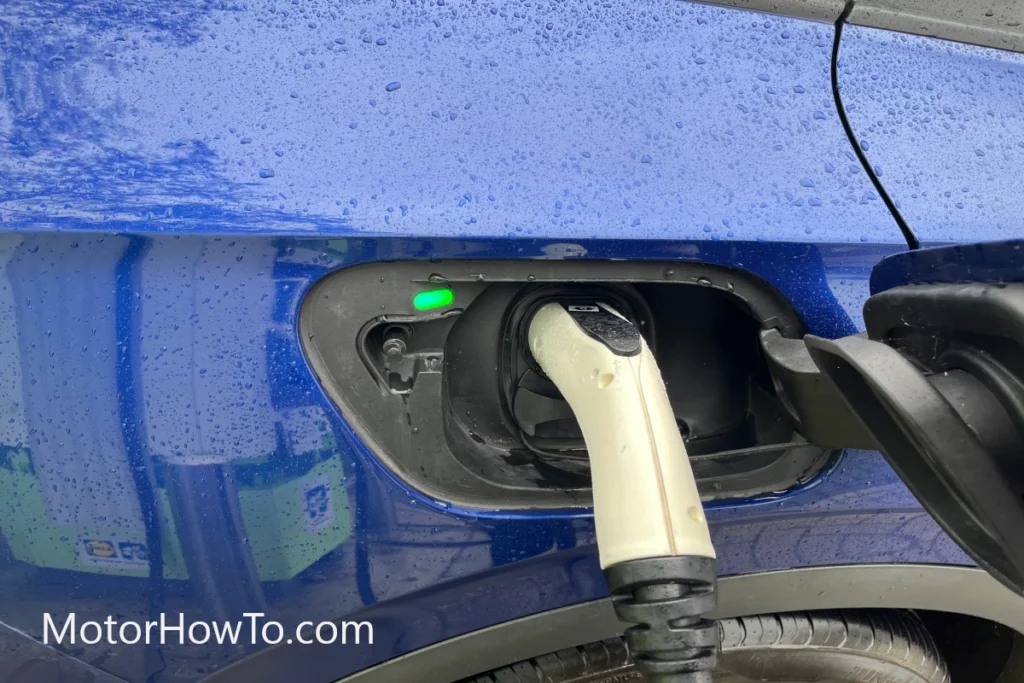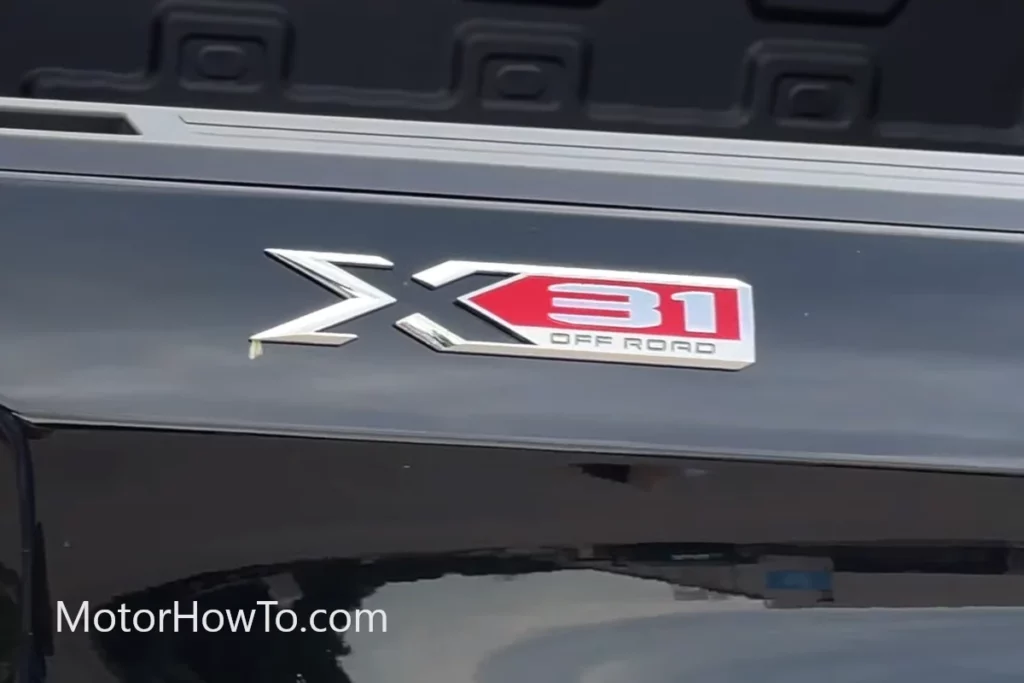The way speedometers today function is based largely on electric and digital technology as speedometers make use of a sensor and a cable to reflect on your instrument cluster how fast you are going.
Speaking of cables, we need to make sure that your speedometer cable is properly lubricated because of how this is an important component of the entire speedometer system.
So, how do you lubricate a speedometer cable?
Identify and remove the speedometer cable from the vehicle and lay it on a clean surface like cardboard. Apply a liberal amount of lubrication on the speedometer cable and make sure you do so from one end to another. Align the speedometer cable properly while reforming it before reinstalling it.

Lubricating the speedometer cable isn’t something that is actually very difficult to do because all you need to do is literally apply grease.
But the problem arises when it comes to carefully removing and reinstalling the cable because it can be a bit more complicated for you to do so.
That said, we are here to talk about how you can properly lubricate a speedometer cable step by step.
Do you need to lubricate the speedometer cable?
When it comes to the speedometer, we all know that we need it to be functioning the right way because we have to be aware of how fast we are going at all times.
After all, safety should always be first when it comes to driving, and your speed is directly related to your safety and that of others.
But the thing that you need to know about the speedometer is that it should also be maintained properly if you want it to function at its best.
There will be times when you notice that your speedometer is actually fluctuating or shaking from time to time in the sense that its speed reading will jump up and down even though your car’s actual speed stayed more or less steady.
If that happens to you, this could be due to a more serious cause such as a broken speedometer sensor or speedometer cable.
However, there are some cases where this could be something as simple as your speedometer cable lacking the proper lubrication it needs to work properly.
So, yes, you do need to lubricate the speedometer cable from time to time especially if it has been a long time since the last time it was maintained or lubricated.
But for you to understand why the speedometer cable requires lubrication, you need to look at how this mechanism works as this is one of the most important parts of how the entire system that speedometer works.
The more modern versions of speedometers rely on a sensor that is powered by either magnetic technology or optical technology.
Whichever of the two the sensor is running on, the mechanism will almost always function in the same manner.
So, what the sensors do is that they capture the movement of a gear or a magnet that is attached to the car’s transmission. The magnet or gear moves in accordance with the speed of the entire car.
As the sensors detect the movements of the gear or magnet, they will send these movements as pulses or signals that will be instantly transmitted to the car’s engine control unit or ECU.
And the part that is responsible for sending such a signal is the speedometer cable.
As such, the speedometer cable is one of the major parts of the entire system since it bridges the sensor and the ECU by acting as the medium where the signals travel.
While a lot of the things that happen in relation to how the speedometer cable works is internal, what you need to know about it is that it does require lubrication not because the grease helps it transmit signals properly but because speedometer cables can get twisted or kinked throughout the normal course of their lifetime.
Because speedometer cables function on a daily basis and go through the normal wear and tear of use whenever the car is running, it won’t be impossible for them to suddenly wear down or even get twisted and kinked as the car moves.
When the cable gets twisted and kinked, it will be much harder for the cable to transmit its signals over to the ECU from the sensor.
This is especially true when the insides of the cable also end up getting twisted and kinked when that happens to the outer part of the cable.
As such, keeping your speedometer cable properly lubricated minimizes the chances of it twisting or getting kinked through the normal course of a car’s daily functions.
And in effect, your speedometer will be able to function optimally without having to go through sudden fluctuations and erratic movements that can be unsafe for you and everyone on the road.
How do you lubricate a speedometer cable?
Now that you know the importance of lubricating your speedometer, here are the things you need to know for you to understand how to lubricate your speedometer cable:
Step 1
Remove the old speedometer cable from your vehicle and make sure that you understand where the speedometer cable is located.
You might need to know how where to locate your speedometer cable once you open your car up but the fact of the matter is that every car is designed to be different from another car.
That’s why the location of the speedometer cable may differ depending on the model of the car or vehicle.
So, once you have removed the speedometer cable, you can either get a new one to replace the old one or simply use the old one and then just clean and lubricate it to make it seem new again.
As long as your old speedometer cable doesn’t have any clear damages, you can still use it.
But we do recommend that you replace it with a new one if there is a need for you to do so.
Step 2
After removing the speedometer cable from the vehicle, the next thing you need to do is to clean it.
That’s because a clean speedometer cable is easier to grease.
Of course, it won’t be odd to have a dirty speedometer cable after it has been laying in there for years without being cleaned or lubricated.
What you need to do is to place the speedometer able on a clean surface that you don’t mind getting dirty.
We recommend that you use a piece of cardboard because of how you can simply throw it out after it gets dirty.
From there, use alcohol and a paper towel or cloth to clean the speedometer cable from end to end.
Make sure that there is no dust, debris, or anything similar that would enter the speedometer cable’s housing because this can end up destroying it.
Step 3
When the speedometer cable has already been cleaned thoroughly, what you need to do next is to lubricate it.
Use an automotive graphite lubricant when lubricating your speedometer cable because of how it is great at making sure that your speedometer cable stays smooth and non-stick without giving it that greasy feeling.
Lubricating your speedometer cable requires that you apply a liberal amount on the cable from end to end.
Make sure that you use a clean cloth or paper towel when doing so and that you use back-and-forth strokes that allow you to evenly coat the entire cable with lubricant.
Then again, make sure that you don’t lubricate all the way to the ends by leaving about a few inches of space.
Turn the cable around and make sure that you also apply an even coat of grease on that end.
Don’t worry about putting too much grease because the cardboard will absorb the excess.
However, you should still make sure that you are not too liberal with the grease that you apply on the speedometer cable because this can make a mess during installation.
Step 4
Before you return the cable to the vehicle, keep the speedometer cable on the cardboard and make sure it is laying there flat.
Reform any twists or bends that may be on the cable by applying a bit of pressure.
This will allow the cable to function in the vehicle without any twists or bends that may end up hindering it from doing its regular job. But be careful when applying pressure to older cables because any extra pressure can damage them.
From there, reinsert the speedometer cable back into the housing in the vehicle’s hood. It may take a bit of skill and dexterity on your part to pull this off but this shouldn’t be a problem for you if you already know how to remove and reinsert a speedometer cable.
For those who are doing this for the first time, it might be best to learn how to do it first or to leave the entire job to a professional.
The difficult part about removing and reinstalling a speedometer cable is that this can be a delicate job that can damage the cable or even the entire system.
You may end up twisting the cable throughout the installation, and that will force you to take it out to straighten it once again.
Make sure that you feed the speedometer cable in the appropriate holes that connect it from the dashboard of your car just behind the speedometer gauge and into the gearbox housing in the transmission.
There should also be restraining straps that would secure the cable in place.
But once you have successfully installed the speedometer cable, give it a good wipe to make sure that there is no excess lubricant that can make a mess of things.
Drive the vehicle to test out if the speedometer cable is working properly.
Check this great video that shows you how to lubricate your speedometer cable.
What is the best lubricant for a speedometer cable?
When you are lubricating your speedometer cable, the best lubricant to use is a graphite lubricant because of how effective it is when applied to metal and automotive parts, Graphite lubricant is often used for locks in your car but it should also work for your speedometer cable as well. We suggest that you use this product if you are looking for a good graphite lubricant.



